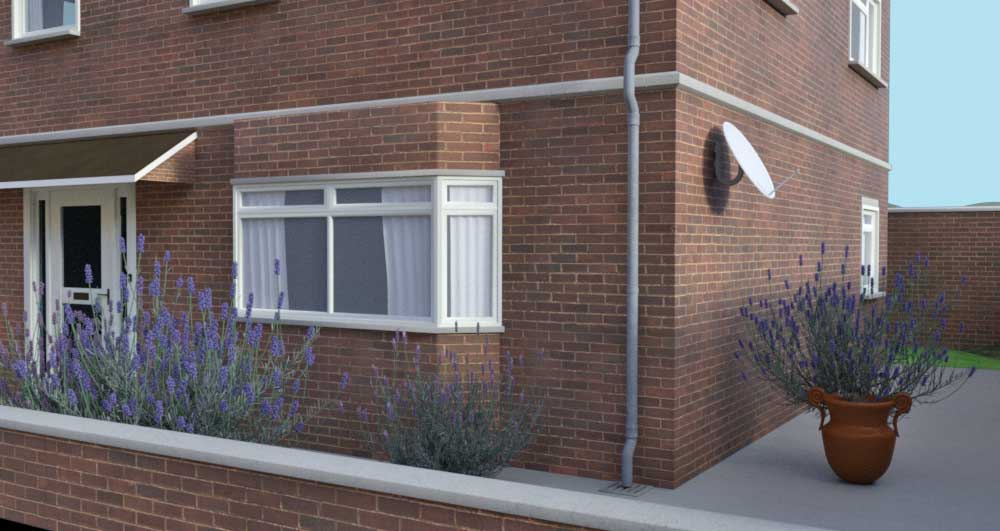a guide to growing lavender

Lavender is easy to grow!
Who doesn’t love the smell of lavender? It’s probably one of the most widely recognized and beloved scents out there. Not only is it great for your home, but it’s also a useful herb that you can grow at home. Growing and propagating lavender is easy if you have access to a sunny location with well-drained soil, as this herb thrives in these conditions.
There are several types of lavender that you can grow at home, from English lavender to German Alpine lavender and more. Growing them is straightforward, but propagation requires a little more effort.
Keep reading for everything you need to know about growing and propagating lavender so you can enjoy its sweet aroma all year round!
Choose the Right Location
Before you buy your lavender plants, you need to find the right spot for them. Lavender plants thrive in full sun and well-drained soil. You can grow them in soil that has been amended with compost or other fertilizer, or you can choose to grow them in a raised bed with a commercial soilless growing mix. Lavender plants need plenty of water, but they don’t like soggy soil. They also need protection from harsh winds, which can dry out their foliage..
Lavender plants are generally hardy, but you should check the specific species you want to grow to make sure it will thrive in your climate.
How to Grow Lavender
If you’re growing lavender from seeds, start indoors 8-10 weeks before the last expected frost. Seeds need a warm soil temperature to germinate so starting them indoors increases your chances of success. If you’re planting from a nursery, choose a spot in your yard that receives plenty of sunlight and has well-drained soil.
When growing lavender from plants, select varieties that are labelled for your area. You can also choose varieties based on the type of lavender you want to grow.
When you’re ready to plant your lavender, dig a hole several inches wider than the plant’s root ball and deep enough to accommodate the root system. Add compost to the bottom of the hole to improve the soil and help the lavender thrive.
Propagating Lavender
If you want to expand your lavender garden, you can propagate the plants you already have. There are two ways you can do this. You can take stem cuttings, or you can divide the plants. Taking stem cuttings is a great way to increase your lavender plants. To do this, you need to cut the stems below a node and then place the stems in a glass of water. After 24 hours, plant the stems in a pot with a moist soil.
If you want to divide your plants, you need to find a healthy and growing plant. Gently dig the plant out of the ground, and then split the plant into two. Then, you can plant the new plants in a new pot with soil.
Care and Maintenance
If you want to grow lavender, you need to make sure you care for the plants properly. This will help them grow into healthy and robust plants. When it comes to watering, you need to make sure the soil stays moist but not soggy. If the soil is too wet, you run the risk of the roots rotting. To prevent this, you can water your plants twice per week, watering them with a fine mist.
When it comes to fertilizing your lavender, you should start doing so about 6 weeks after planting it. You can use a general-purpose fertilizer. When it comes to pests, lavender is pretty resistant to pests, but you might still come across spider mites and aphids. If you do, you can use an insecticidal soap to get rid of them.
Bottom Line
Lavender is a versatile herb that can be used for cooking and aromatherapy. It’s also easy to grow at home, and propagating more plants is simple. With the right growing conditions, you can enjoy lavender all year long!